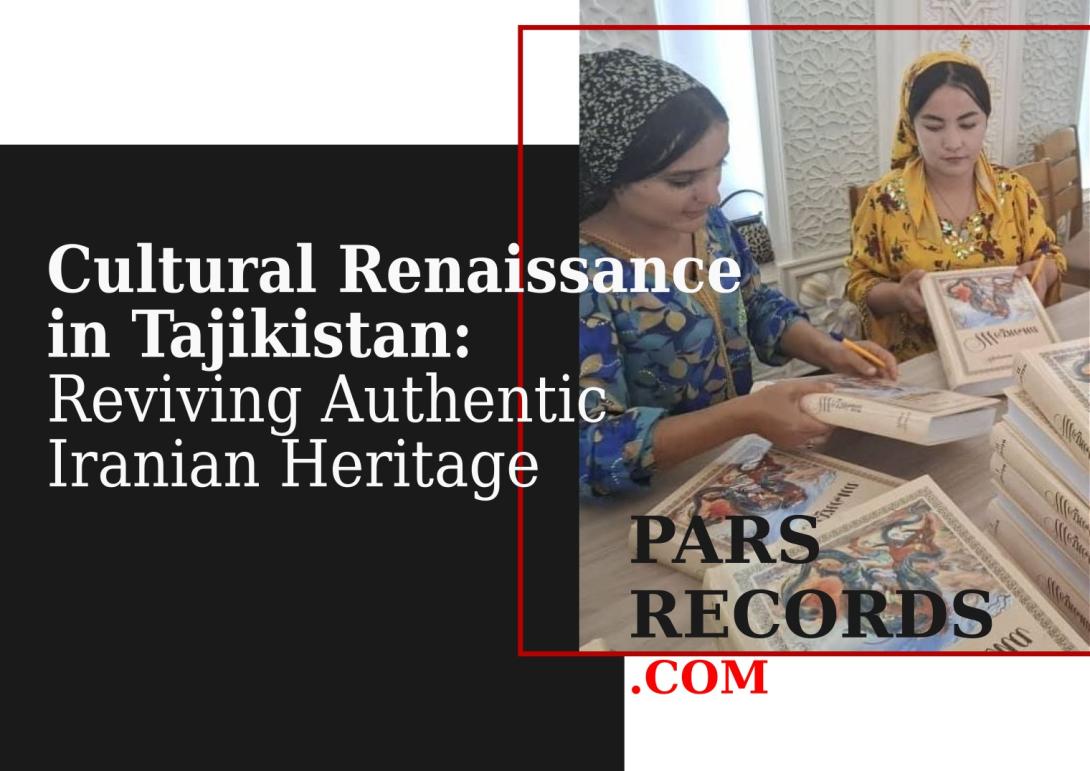Abstract
In recent years, the Republic of Tajikistan has witnessed a remarkable cultural revival under the directive and vision of its national leadership. Central to this movement has been the renewed emphasis on Iranic identity and heritage, particularly through the state-sponsored dissemination of Persian literary masterpieces such as Ferdowsi’s Shahnameh. This initiative reflects not only a cultural and educational endeavor but also a strategic effort to preserve and strengthen Tajikistan’s historical and linguistic bonds with the broader Persianate civilization. The following article explores the philosophical, cultural, and political dimensions of this initiative, situating it within the broader framework of national identity formation and cultural continuity.
Introduction
Tajikistan, as the only Persian-speaking republic in Central Asia, occupies a unique position in the cultural geography of the Iranian world. Since gaining independence from the Soviet Union in 1991, the country has sought to reconstruct its national identity on the foundations of its linguistic and historical heritage. In this context, the recent state initiatives—most notably the nationwide free distribution of the Shahnameh—represent a deliberate effort to reaffirm the centrality of Persian (Farsi) culture in the Tajik consciousness.
Historical Context
The cultural and linguistic ties between Tajikistan and the greater Iranian world extend back to antiquity. The Persian language, known locally as zaboni fārsi or tojikī, has served for centuries as the vehicle of intellectual, poetic, and historical expression throughout Central Asia. However, decades of Soviet linguistic and cultural policies sought to distance Tajik society from its Iranian roots by promoting Cyrillic script and emphasizing Turkic and Russian cultural models.
In the post-Soviet era, Tajik leaders have increasingly recognized the need to reclaim and revitalize their authentic cultural identity. Among these efforts, the revival of classical Persian literature has emerged as a key instrument for cultural reawakening.
The Shahnameh Initiative
The Shahnameh (“The Book of Kings”), composed by the Persian epic poet Abolqasem Ferdowsi in the 10th–11th centuries, stands as one of the most profound expressions of Iranian cultural consciousness. Its tales of heroism, justice, and identity have long served as a moral and historical compass for Persian-speaking peoples.
In recent years, by presidential directive, Tajikistan has implemented a program for the free nationwide distribution of the Shahnameh to educational institutions, libraries, and households. This act carries deep symbolic weight. It represents not only the dissemination of a literary masterpiece but also the reaffirmation of Tajikistan’s participation in the enduring cultural continuum of Iranzamin—the ancient Iranian world.
The project aligns with broader governmental efforts to promote Persian-language education, preserve classical Tajik literature, and strengthen cultural exchanges with other Persian-speaking nations, notably Iran and Afghanistan.
Cultural and Political Significance
From a cultural perspective, this initiative reflects a conscious act of historical reclamation. By re-centering Ferdowsi’s epic within the national narrative, Tajikistan underscores the continuity of its cultural heritage and the shared civilizational values of truth, courage, and justice.
Politically, it can be interpreted as a soft-power strategy—one that fosters national unity through cultural pride and intellectual depth rather than ideological or ethnic division. The Shahnameh thus functions as both a literary treasure and a symbolic constitution of Iranian identity within Tajikistan’s modern nationhood.
Conclusion
The cultural policies of Tajikistan in recent years—especially the state-supported distribution of the Shahnameh—represent a profound gesture toward the revival of Iranic identity in Central Asia. By grounding modern national consciousness in the moral and historical legacy of Ferdowsi, Tajikistan reaffirms its role as a guardian of the Persian cultural tradition. This initiative not only preserves the linguistic and literary heritage of the nation but also contributes to the broader project of reconnecting the Persianate world across contemporary borders.
PARSRECORDS.COM


Comments